It’s no big secret that Seiko has a lengthy back catalog full of great sport references. While their historic dive references, from the 6215 and 6159 to the oddball 7002 (reviewed here) enjoy most of the spotlight (deservedly so), there are plenty of non-diver sport watches from the brand that represent an interesting era in the brand’s history from a design and engineering perspective. These are watches that should absolutely be on your radar. Today, we’re looking at one such reference, the 5H23-6030 from the mid-1980s.
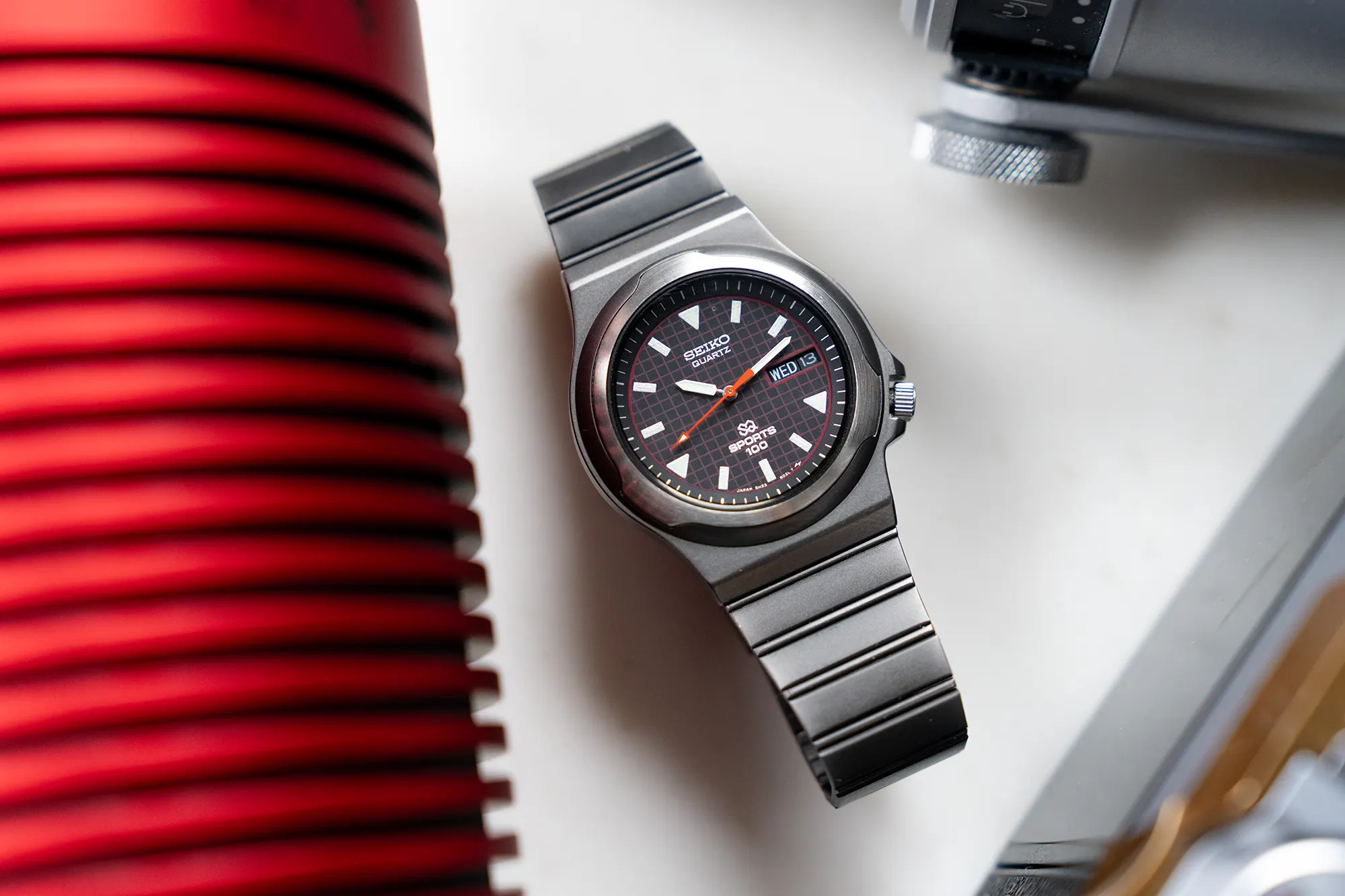
The Seiko 5H23-6030 bears the Sports 100 mark, and represents an era that Seiko has very recently begun to come back to for inspiration. The new King Seiko Vanac is a good example of a precursor to this design language from the ‘70s, but the 80s was a different story altogether, with modern expressions stepping off the well beaten path thanks to designs from the likes of Giorgetto Giugiaro, resulting in watches like the SSAY058, aka the ‘Ripley’ and the epic SSBA018. Asymmetry was in, as was a more industrial tone that tapped into the forward looking trends of the era, fully embracing burgeoning technology.
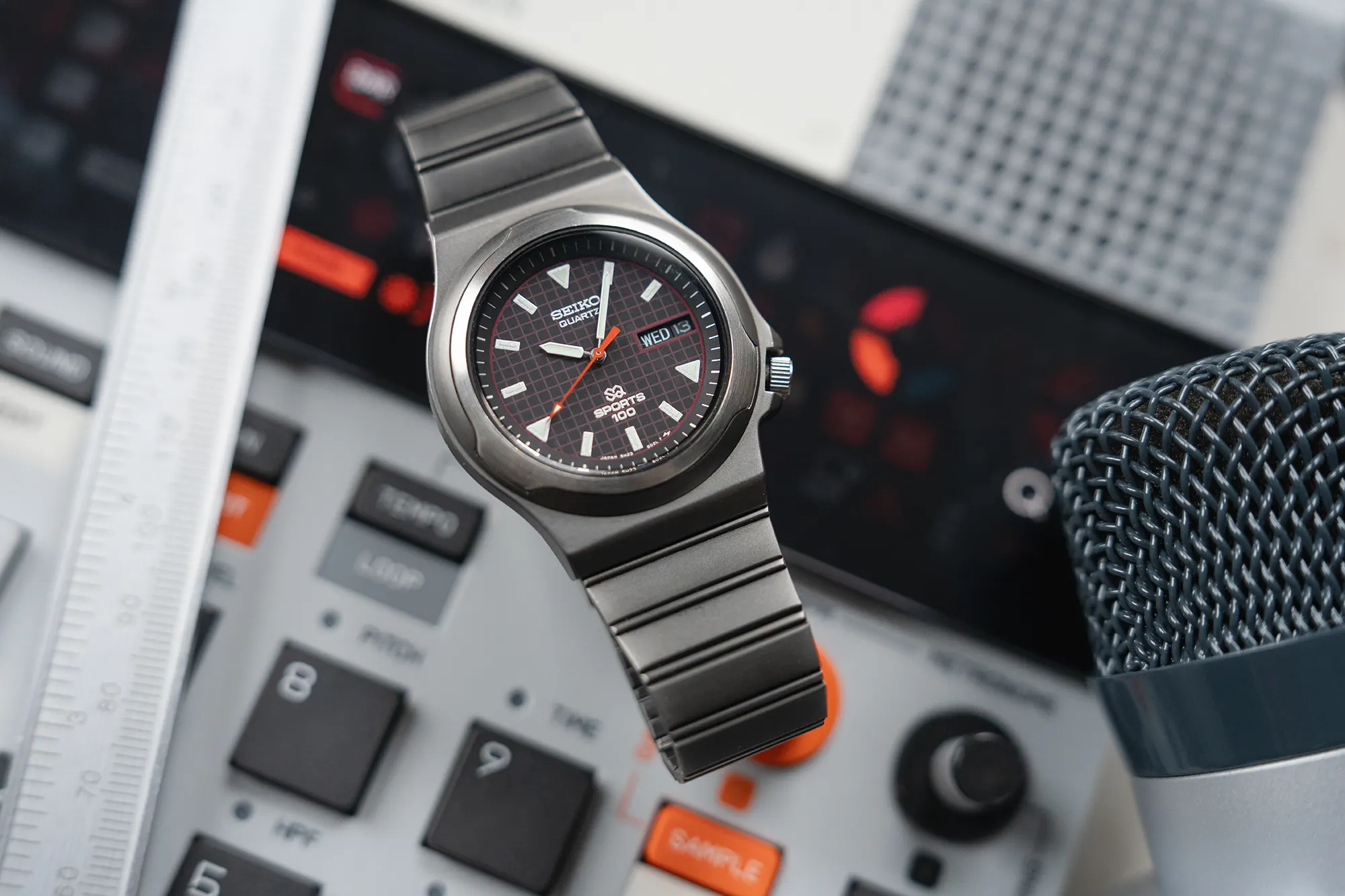
The 5H23-6030 strikes a perfect balance between these influences, while placing a premium on ergonomics. It’s important to know that this watch uses Seiko’s 5H23 caliber, which is a quartz powered movement that was about at its peak by the time this 6030 came to market. This was known as a robust and accurate movement at +/- 15 seconds per month, and was used broadly throughout Seiko’s catalog. It’s the same as the caliber 5H22, but adds a day complication joining the date. The movement itself is just 2.8mm in thickness, and allows this particular watch to measure in at 8.7mm in total thickness. This pays dividends on the wrist, and allows for the overall integrated bracelet platform to flow in a highly organic and flat manner.
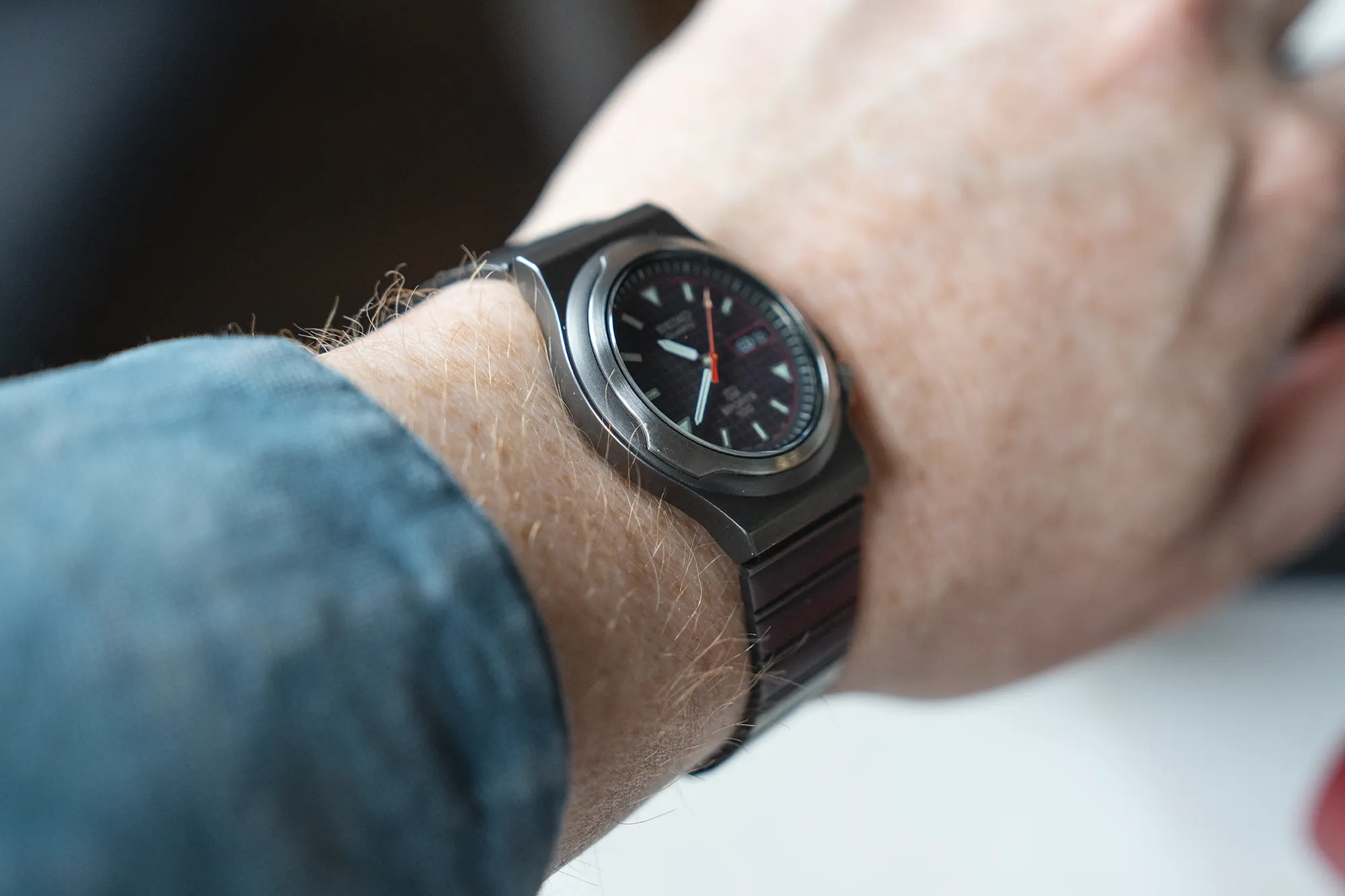
There are two qualities that make this a special watch, and the dimensions are certainly one of them. This watch measures 36.5mm in diameter, and with the crown placed four o’clock on the case, that is the max width you experience on the wrist. This is a very tidy footprint on the wrist, and it wears beautifully as a result. The bracelet is fit under a hooded lug so it looks and even wears a bit like an integrated bracelet, but it technically is not fully integrated. The bracelet is a flat link design that tapers down to 16mm, which suits the package as a whole. This is one of those watches that just disappears on the wrist, going unnoticed even with wrist movement.
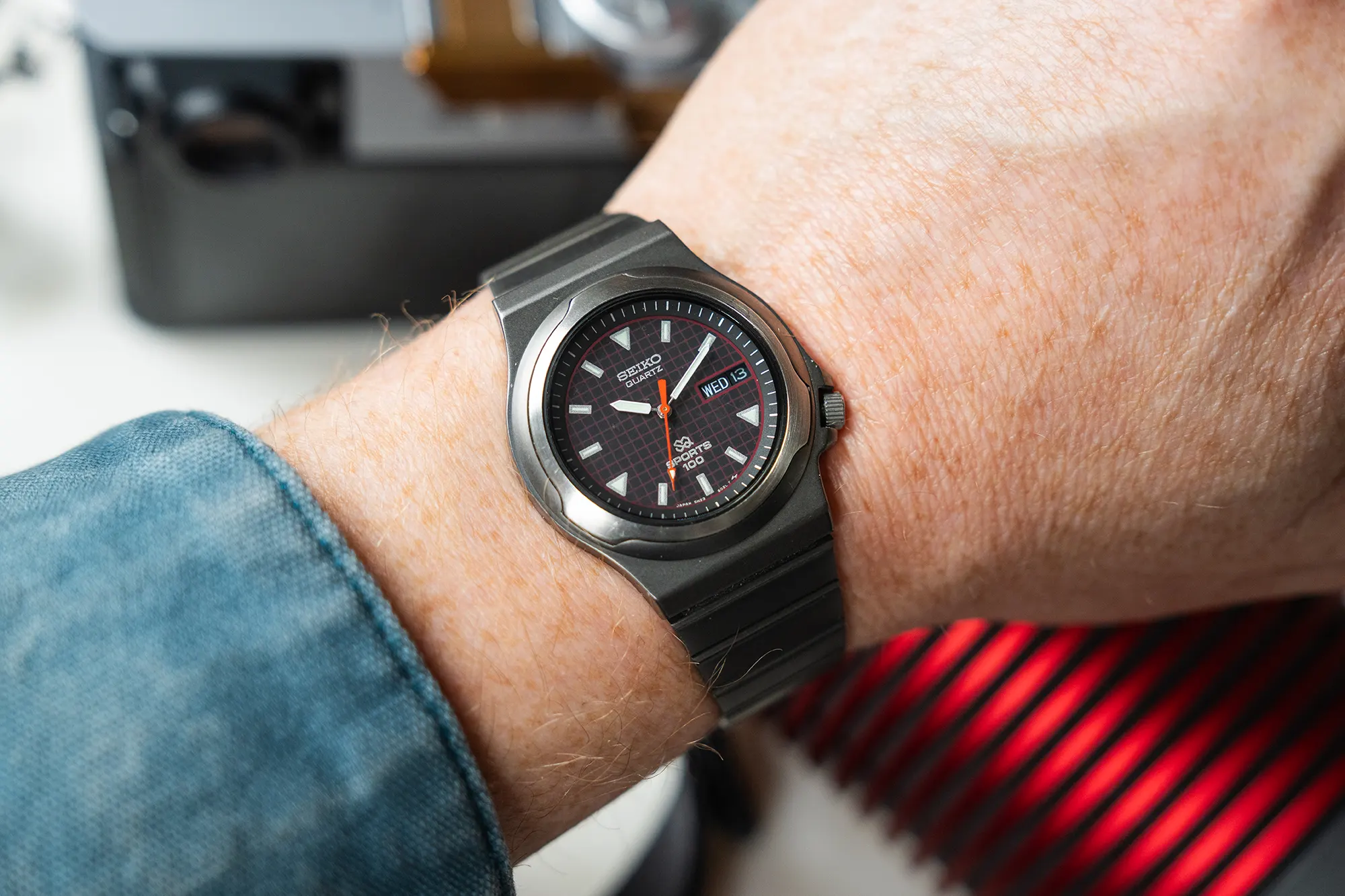
The other quality is the truly peculiar design of the watch, from the dial to the case, there is a load of charm packed into this small package. The mid to late ‘80s was rife with great designs that now fall into the ‘cassette futurism’ genre, with bold graphics, bright colors, and rigid analog features. There was a tactile sense to these designs that strike a balance somewhere between the digital and analog worlds as one gave way to the other. With that comes a sense of excitement and optimism about the future, and that’s a sense that I very much remember experiencing as a child of the same era.
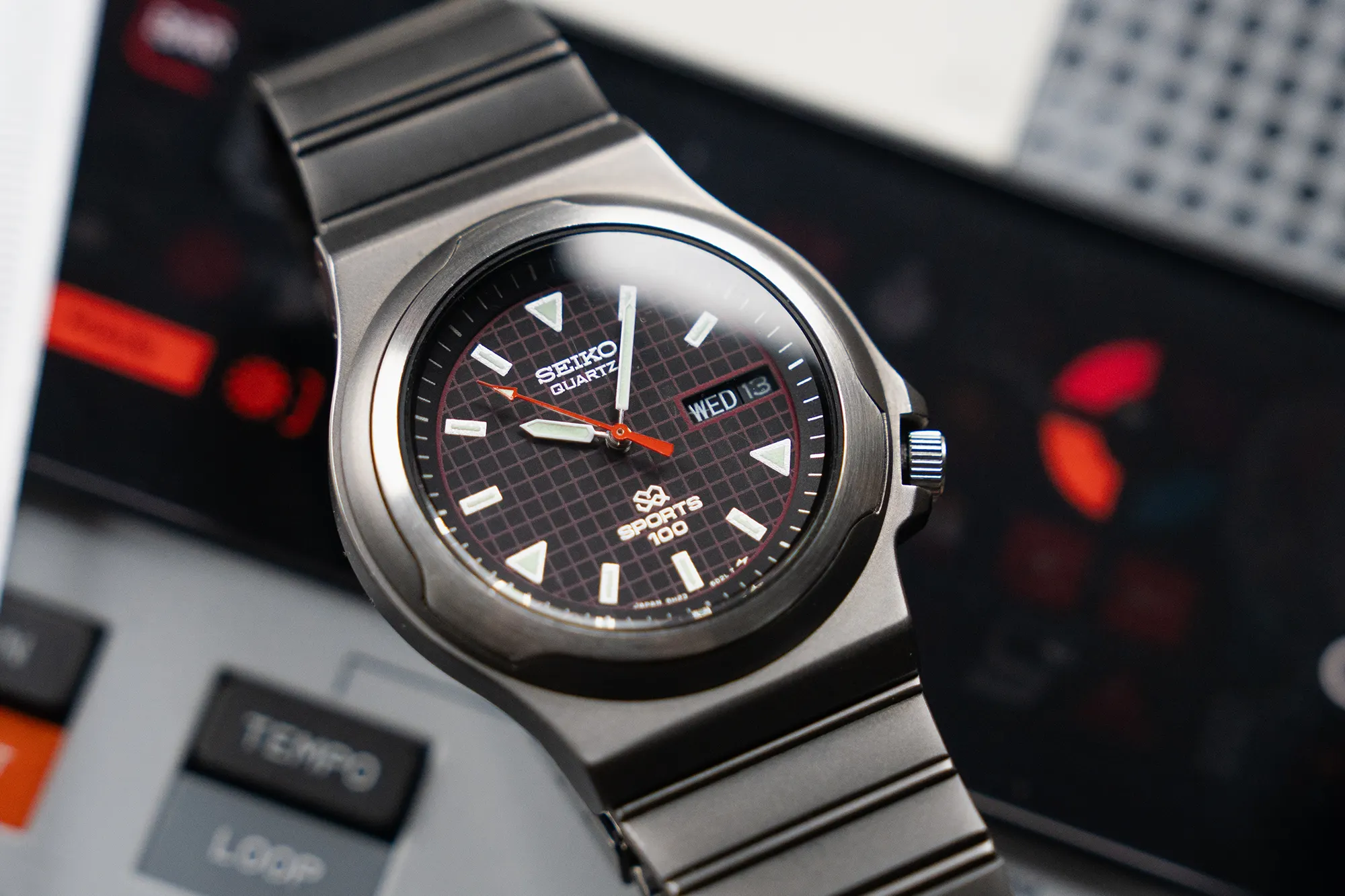
The 5H23-6030 uses a gridded dial that’s rendered in red over a matte black base. It’s a bit Tron-esque in nature, and brings a graph paper rigidity to the design. This is set within a triangle frame that is built into the bezel, and carried through into the dial with special triangle markers at 12, 4, and 8 o’clock. This is a relatively unusual feature for a watch, and I can tell you take a little getting used to when glancing down to get a read on the time. The marker at four o’clock aligns with the placement of the crown, so everything feels very cohesively fit into this theme. There’s a bit of a rotary vibe to the watch, and a mid-’80s RX-7 would feel right at home next to this watch.
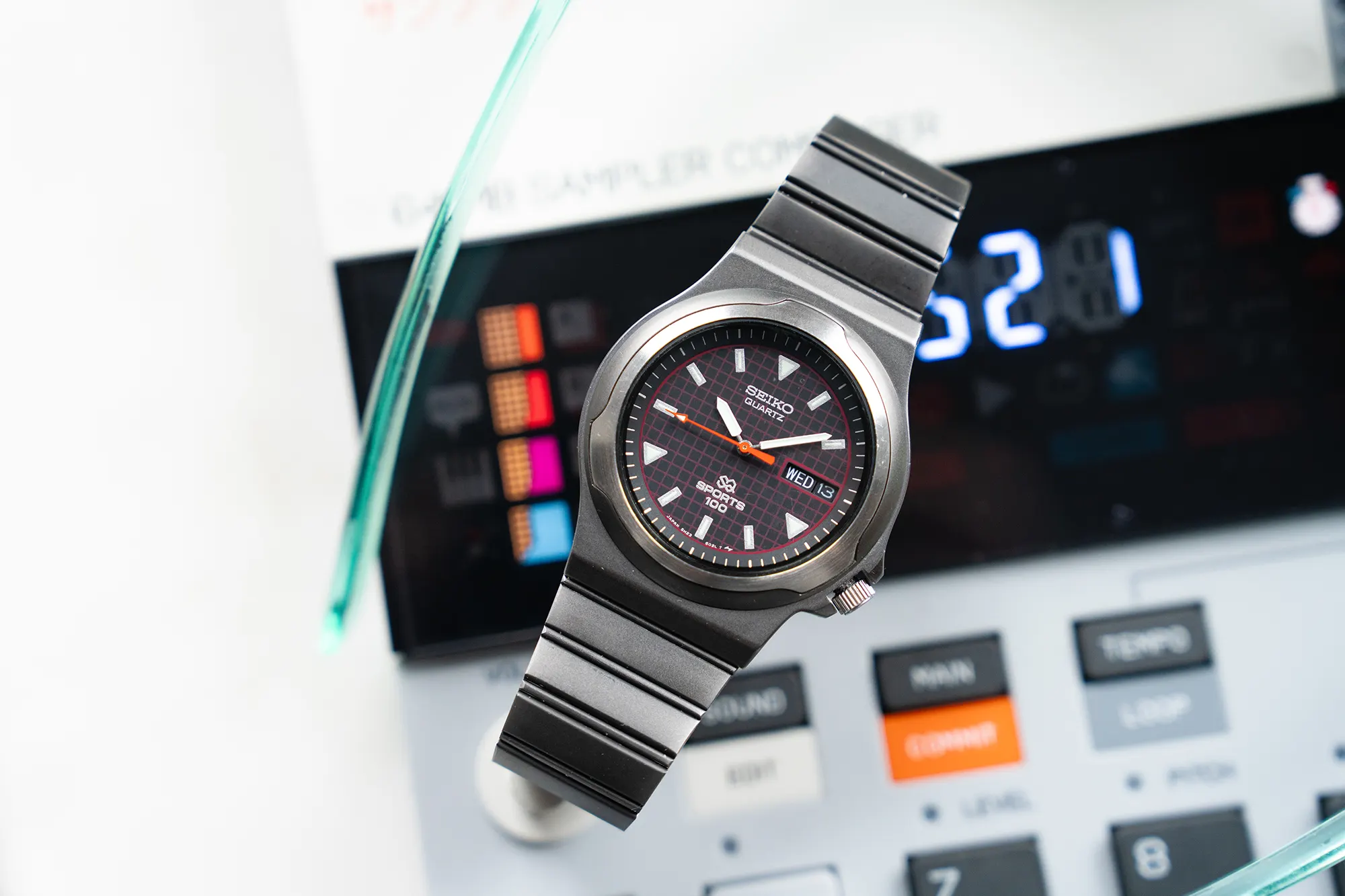
Another unsuspecting detail of this watch is the treatment of the steel used in the case and bracelet. It gets a uniform satin texture and a dark tone that looks and feels quite a bit like titanium. The steel used in the bezel is slightly brighter, though still brushed, and provides the only element of contrast on the case. Thanks to the overall size of this watch, the use of titanium isn’t exactly necessary, the whole weighs a mere 68 grams.
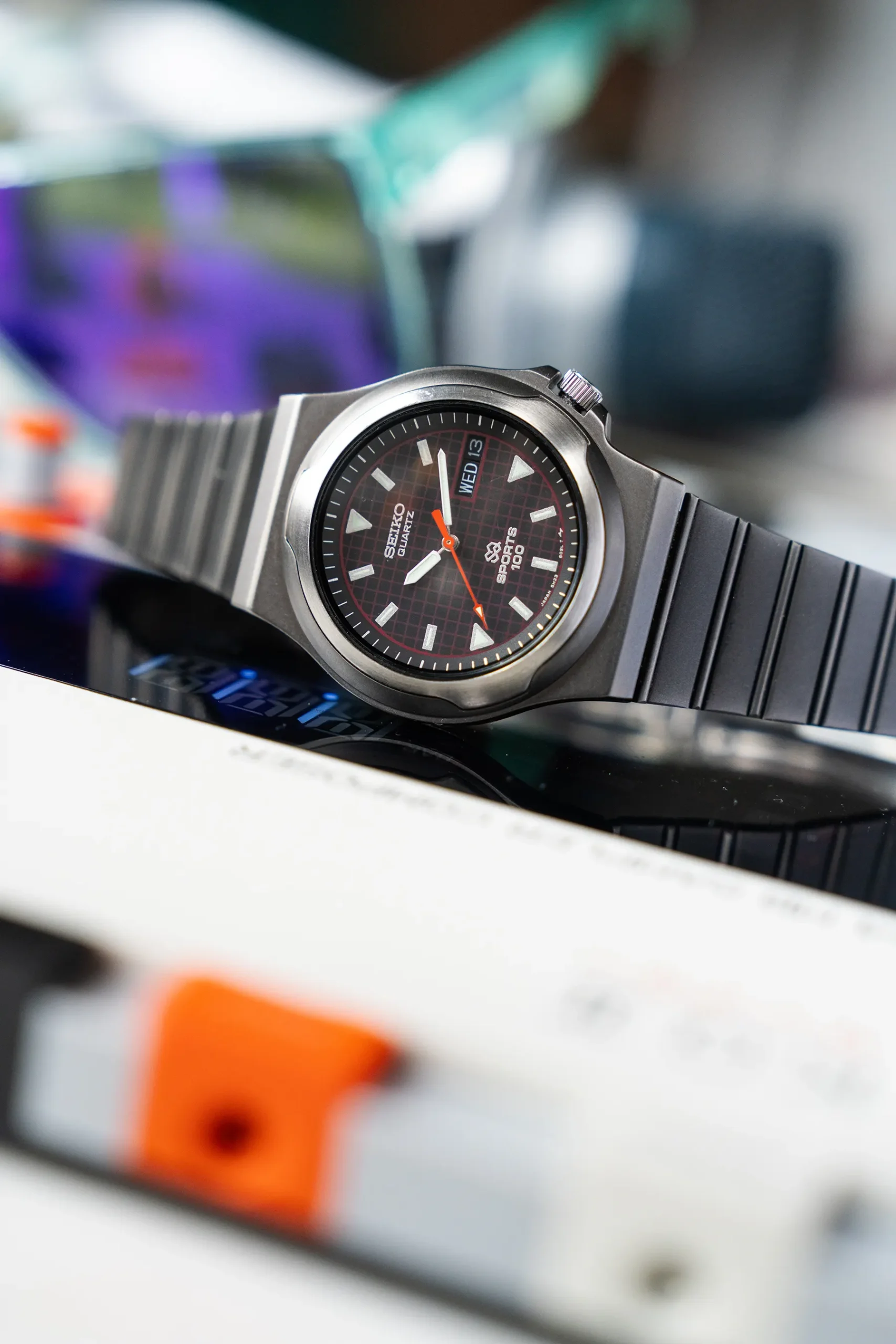
Seiko tapped into something special with the design and execution of the 5H23-6030, and unfortunately, it’s a watch that was released only in Japan. This is a rare sight in the open market as a result, and not one that many enthusiasts are fully aware of. I’m not sure the brand could replicate a watch like this at present, but I’d sure love to see them try.
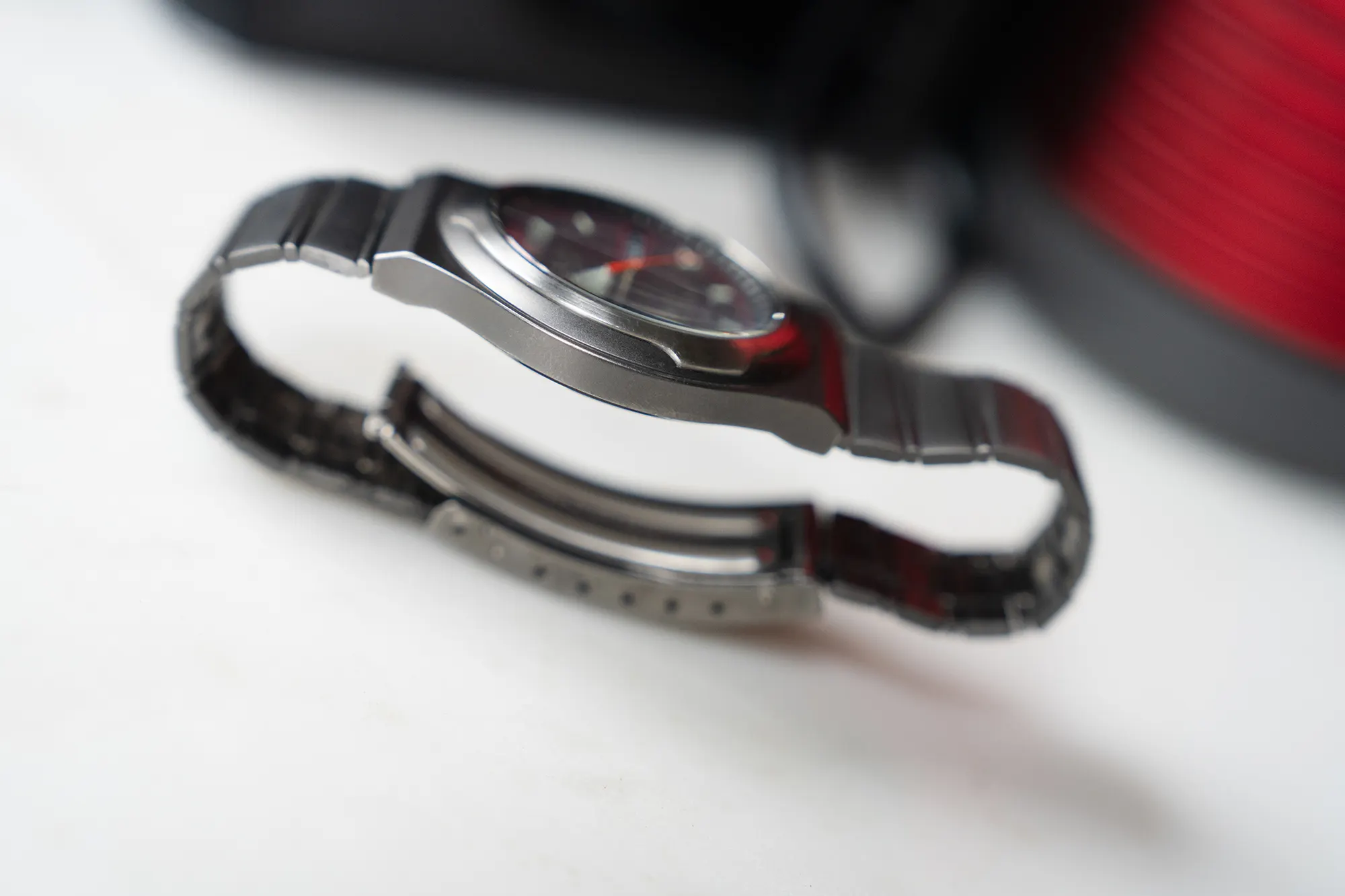
As more retro-informed designs once again enter more trendy realms, I could see watches like this having another moment. There is one other watch that comes to mind as a direct comparison, and that is the Autodromo Group B, particularly in Night Stage form, which uses a similar colorful grid pattern in the dial. It’s close, but even at 39mm, that watch will feel notably larger on the wrist as it uses an automatic movement. It’s still a great watch, but doesn’t quite capture the same qualities seen here.
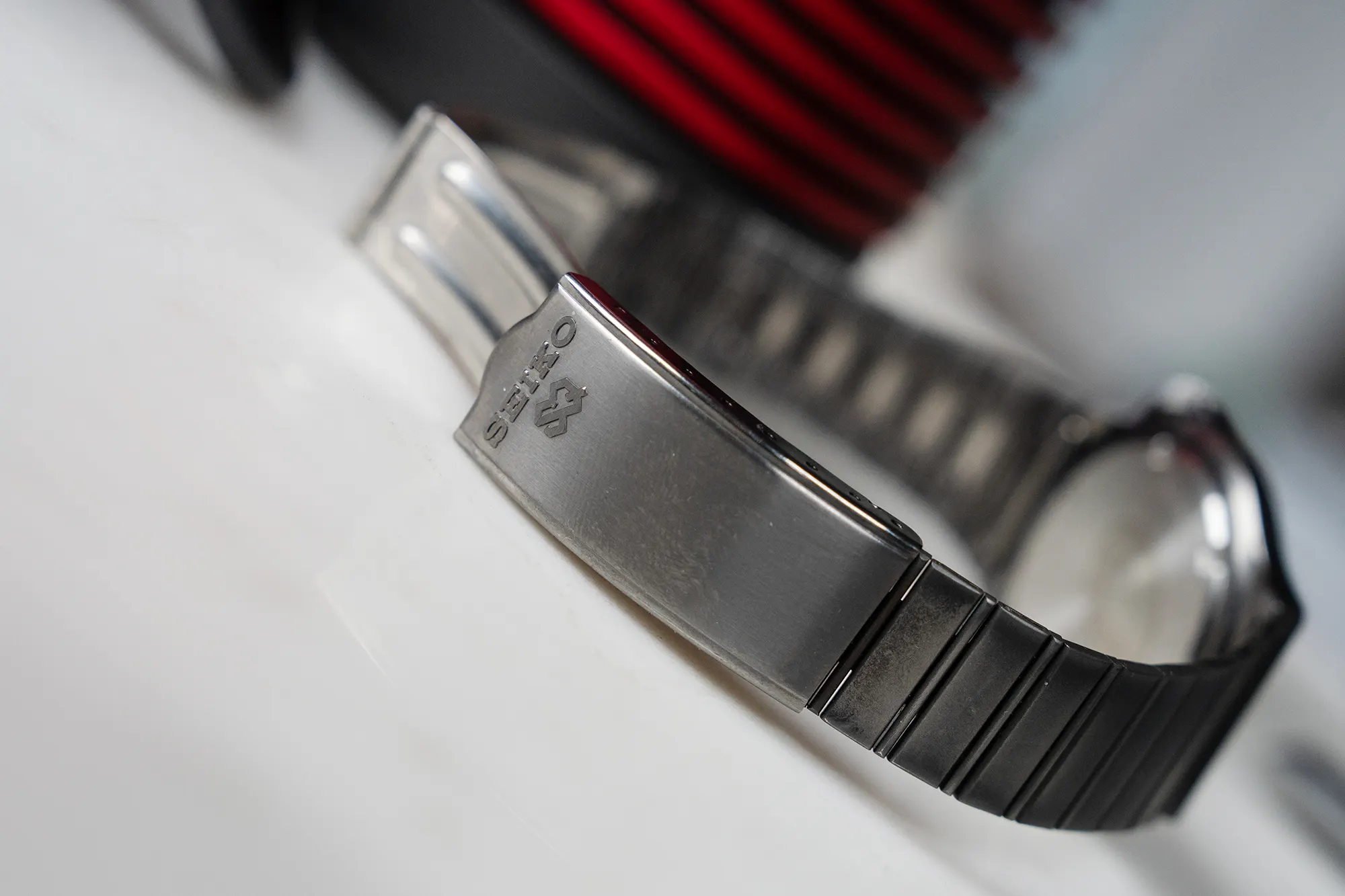
There’s a lot of positive nostalgia with this Seiko, and it’s one of those watches that reminds you of just how fun this hobby can be. This won’t impress as a status symbol, or really as any great example of horology, for that matter, but instead, this watch is a great experience visually, and practically. Great ergonomics still matter, and this humble Seiko is a perfect example of why. It might not be the most refined thing in the world, but it overcomes that with its personality.
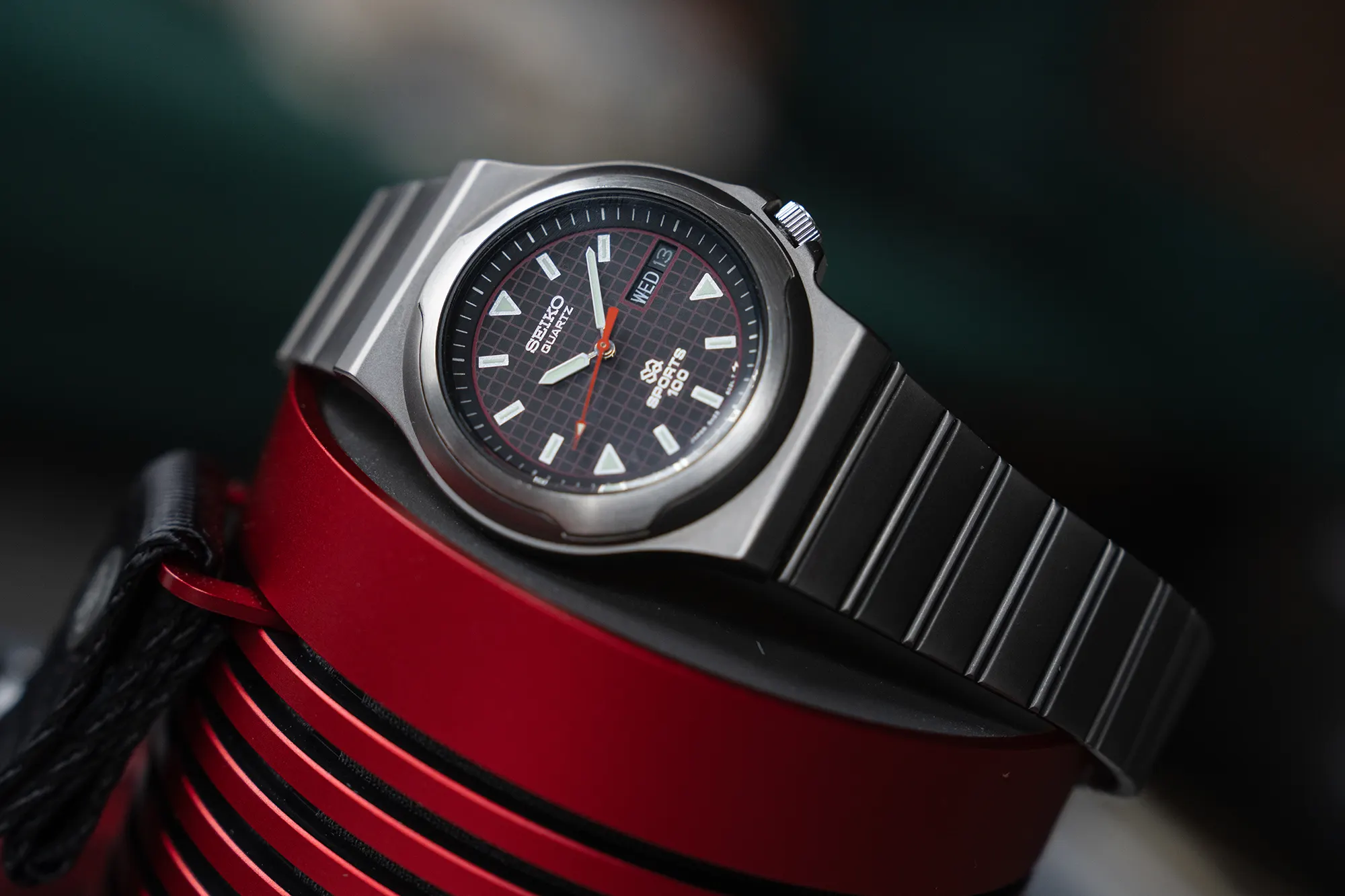
The Seiko 5H23-6030 is a tricky watch to find these days (at the moment, I can’t find a single example on the market), but when they do pop up, they can be had for under $500 in good to great condition. One thing you’ll want to look for is that it comes with all of its links to ensure a good fit, depending on the size of your wrist. There is plenty of room for adjustment in the clasp, but the links themselves are held in place with folded sliders that are tension fit, so you’ll want as many as possible still remaining in the bracelet.
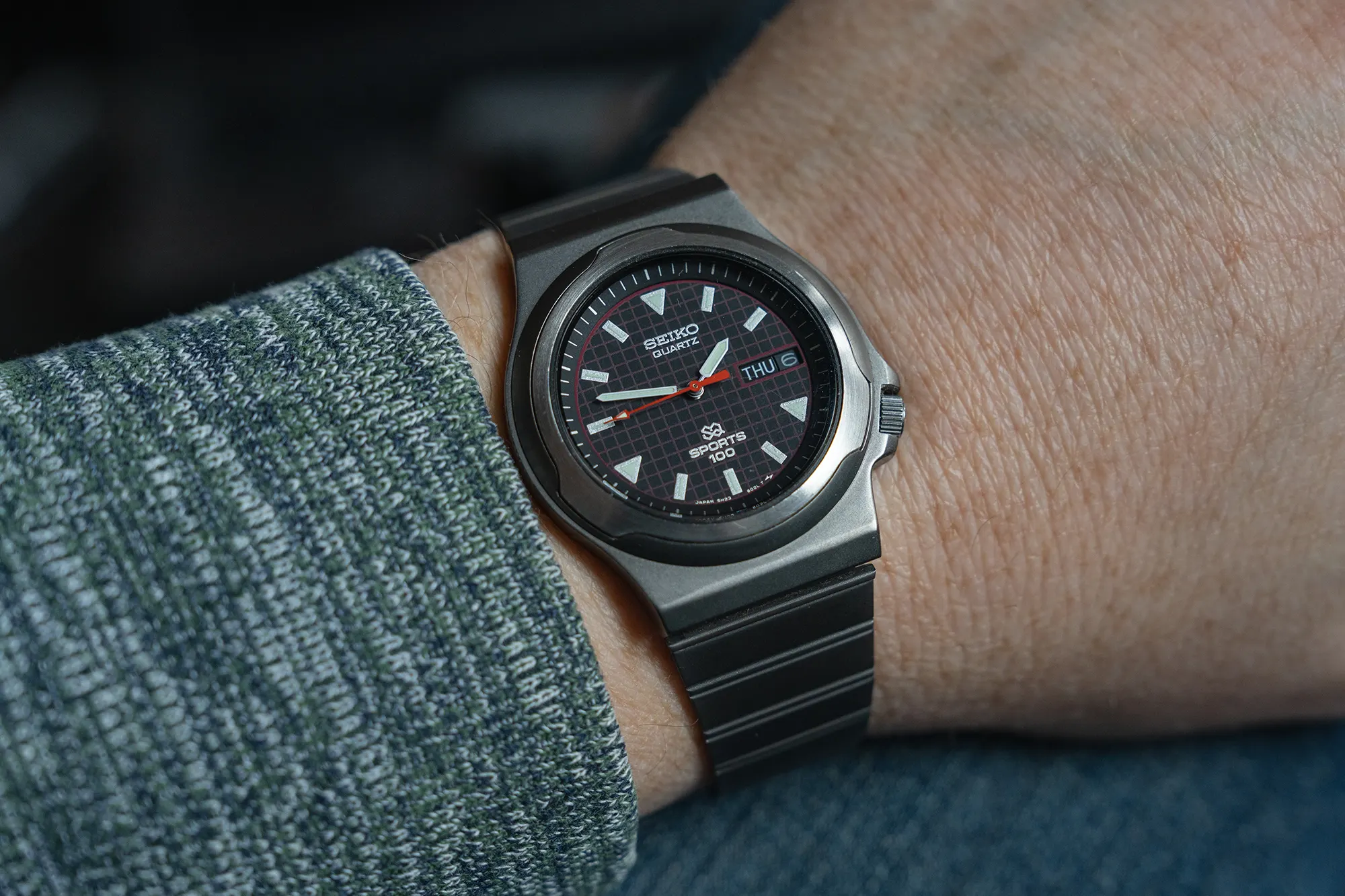
This is a special watch, and is one of many hidden gems not just from Seiko, but from a number of brands operating in this era. Design trends as a whole have generally become much safer, and experiencing watches from the ‘80s and ‘90s offers a truly welcome experience. If anything, I hope that this watch serves as a reminder of that fact, and that brands needn’t take themselves too seriously to produce an inspiring watch.

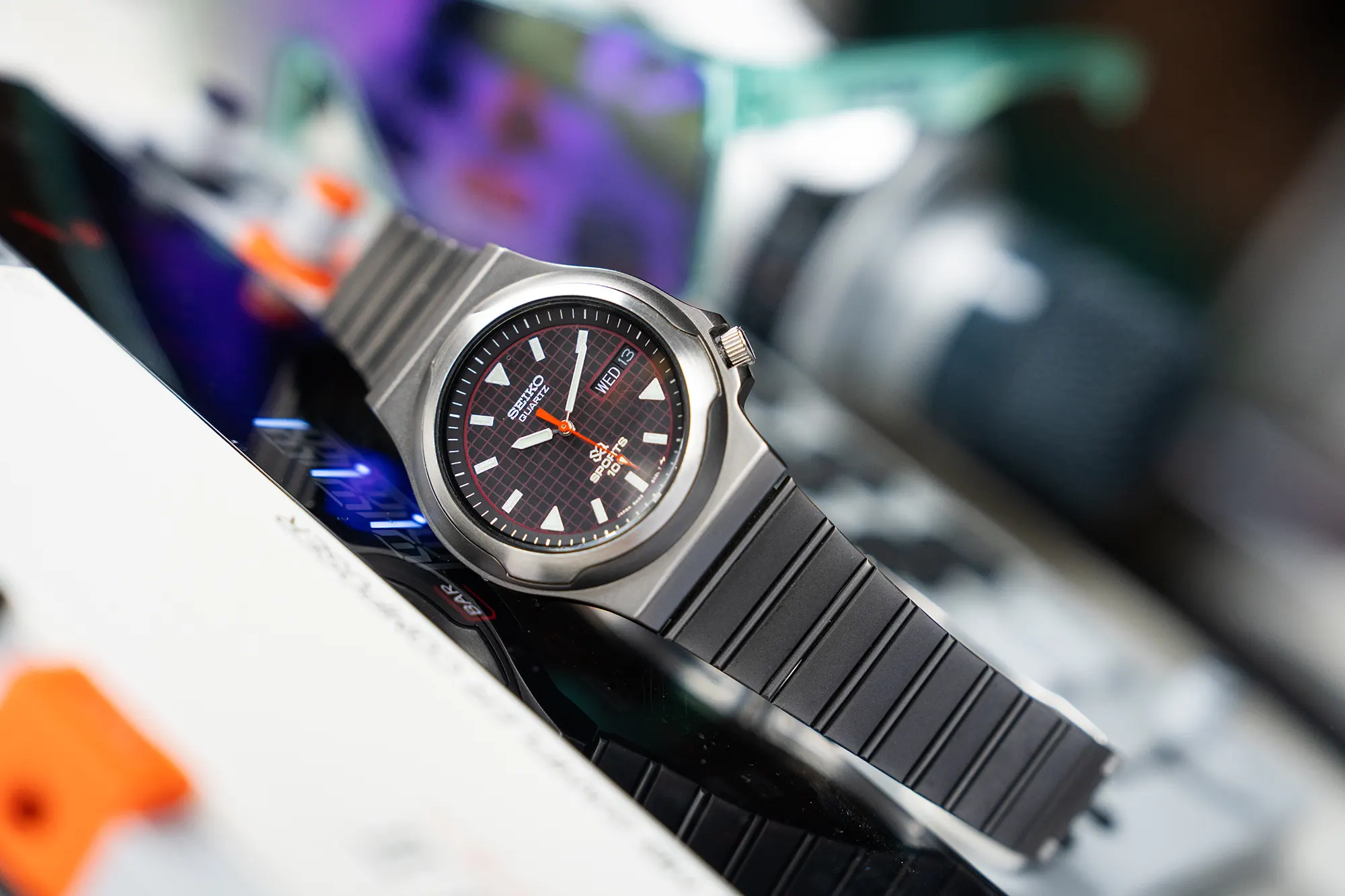
Leave a Reply